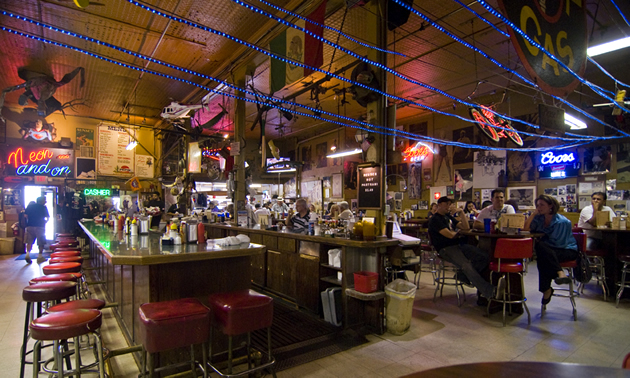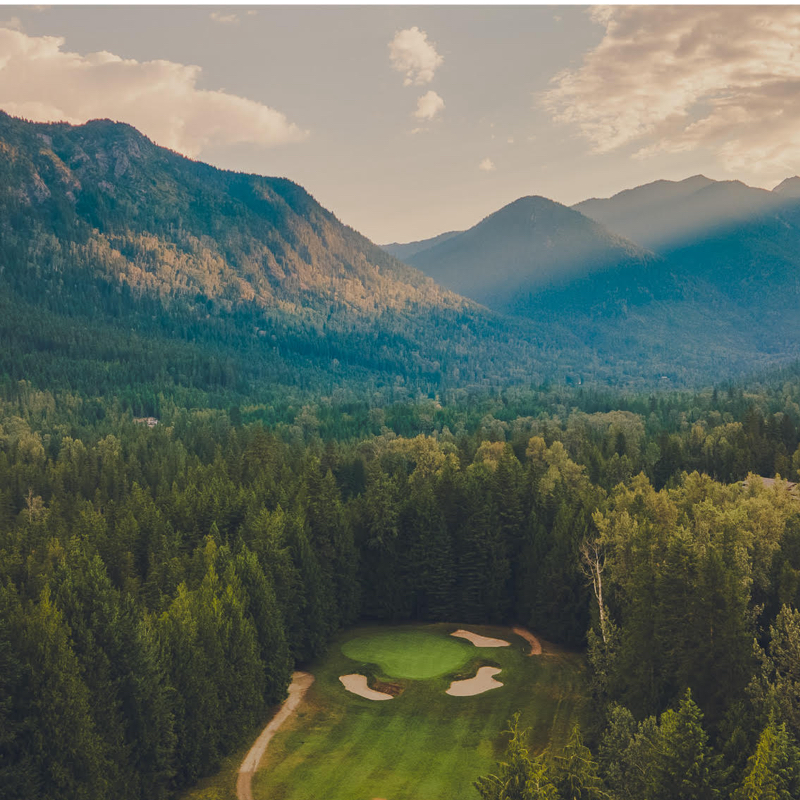Take a local look at Yuma
The Cooks have lots of suggestions for visiting Yuma, a city they’ve called home since discovering it on an RV trip

Like so many others, Steve and Kate Cook first came to Yuma, Arizona, in an RV. They went on to full time for a while longer, but were already convinced by the laid-back attitude and the spectacular winters of the sunniest destination in the United States. They’ve now called the area home for a decade.
“I think what we enjoy the most is the relaxed atmosphere and the ability to do whatever we want to do,” said Steve. “You almost can’t do everything that there is to do. It just gets to be too many things to do at once.”
Today Steve volunteers as a tour guide, leading visitors on historical walking tours of downtown Yuma for the Yuma County Historical Society. He knows the city as well as anyone could expect of a longtime local. His number 1 suggestion is to browse the inclusive Yuma guide, which details just about anything you could be interested in.
For the $10 cost, the walking tour is also a good way to get acquainted with the town and you’ll likely get the chance to meet Steve for yourself. Watch the historical society's Facebook page for times and more details.
Back to Yuma’s roots
“Obviously when we have friends here I try to get them to come along on our walking tour so they understand the history of why Yuma is here,” said Steve. “There is a narrowing in the Colorado River here that made a place where you could cross the river. We’re talking about back in the 1800s when the gold rush happened. The 49ers all came through Yuma and the reason was from the narrowing of the river. There was no place you could cross the Colorado River for 1,200 miles until you got up to the Oregon Trail in Oregon. So when the 49ers came across the United States—even though they were coming from New York or Boston or Philadelphia—they had to come all the way down south to Yuma to cross, and then go back up to Sacramento where gold was discovered.”
As the gold rush dwindled, Yuma went on to become established as the agricultural centre that it is today. This part of its history can be seen in action with modern agricultural tours. Check out the field to feast tours for an experience that will have you eating a meal based around vegetables you picked yourself.
Steve’s suggested can’t-miss landmarks for the historically inclined include the Territorial Prison State Historic Park and the Quartermaster Depot. Take a look for the Yuma siphon, which is right next to the Quartermaster Depot. This 14-foot-diameter tunnel was built in 1912 and runs underneath the Colorado River to irrigate 100,000 acres of farmland.
The greatest collection of eclectic junk
After a full day of exploring, you’ll have only touched on a few of the activities that Yuma offers. Slow down and stop by Lutes Casino, an interesting historic local venue, for their special—a hotdog/cheeseburger combo.
“They’ve never actually had legal gambling in there—that’s not to say that there hasn’t been gambling,” said Steve. “The gates in front of it are actually from the county jail when they closed it up and moved it. (The owners') father was the justice of the peace here back in the 1930s. Their grandfather was a bootlegger down here. The two boys and the sister run the place and I can tell you it is the largest and probably greatest collection of eclectic junk that you’ve ever seen in your life. I’ve been in there a thousand times and every time I go in there I walk around and see something different.
“On Friday nights they have small jazz bands in there, or different things. It’s just one of these unique places that, even if you’re a health buff, which we are, you have to go in there once in a while . . . Even if you didn’t want to eat and just went in and had a beer or something, it’s a fun place to go.”






